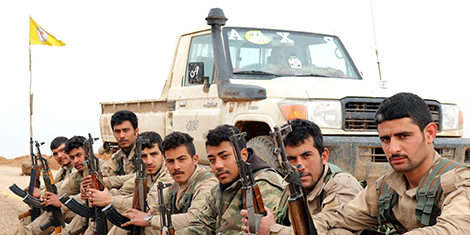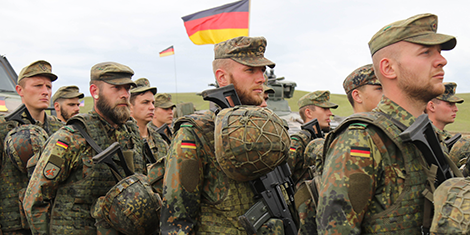
This article was originally published by the ASPI’s The Strategist on 16 October 2019.
President Donald Trump has upended American policy in Syria, and possibly in the entire Middle East, in one stroke. His unilateral decision to withdraw American troops from the Kurdish region of northern Syria, and thus give a green light for the Turkish invasion of the Kurdish enclave, has put all American goals in Syria in grave jeopardy. These included protecting the autonomous Kurdish enclave as a quid pro quo for the Kurdish militia’s singular military contribution in liquidating Islamic State and capturing its capital Raqqa at the cost of thousands of lives. They also included preventing the regime of Bashar al-Assad from reasserting control in northern Syria (a very important US objective in Syria was to circumscribe Russia’s and Iran’s reach and influence in the country). Finally, one of the principal aims of American policy in both Syria and Iraq has been to prevent the resurgence of the IS.




